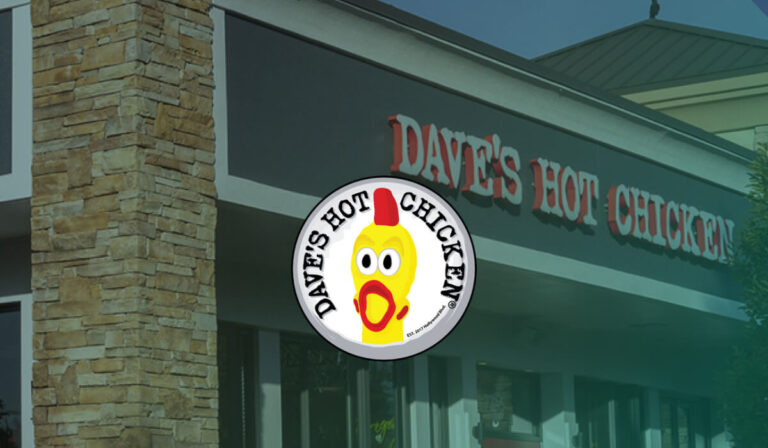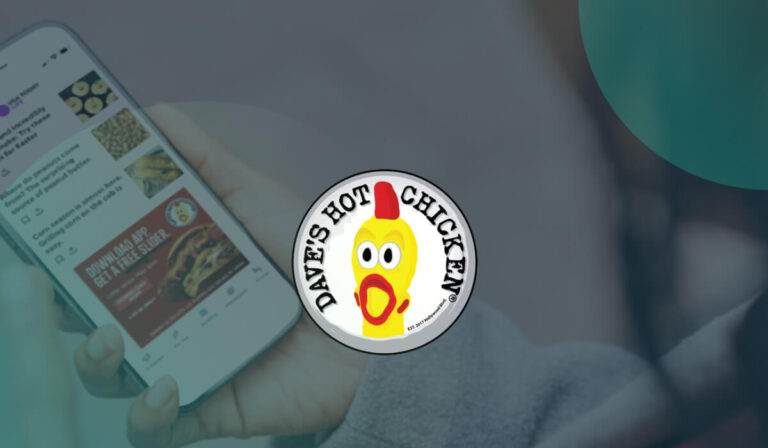Businesses are constantly trying to read consumers’ minds: what do they want, when do they want it, and where are they planning to go to get it? Surveys and polls can help us get inside their heads, and digital media allows us track their behavior on the web. To really understand our customers, though, we need to understand how they behave offline, in the physical world.
For restaurant businesses, the behavior that matters most is tied to visitation—where and when consumers choose to eat. This kind of insight can inform everything from marketing strategy to menu item choices, and give restaurant chains an edge when facing off against the competition.
Consumer behavior in relation to restaurants is just the type of intelligence that can be gleaned from xAd MarketPlace Discovery. By tracking foot traffic in real-time, we take fast food restaurants and retailers inside the daily life of the customer to reveal some surprising behavioral trends.
Here are just three of the secrets we’ve found, and how you can apply them to your marketing strategy.
Mondays Are Slow Days
Call it the Monday Blues: by analyzing foot traffic data from a half a dozen fast food brands, we discovered that fast food chains experience a universal drop in visits on Mondays.
Instead of thinking of this as a fault, though, use this information to drum up new business and capitalize on an underutilized opportunity. Try offering a Monday-only menu promotion to incite interest on this day. You might find you generate some word-of-mouth buzz in the process.
Afternoons Bring the Most Traffic
Regardless of whether your restaurant is a burger place or a coffee shop, our MarketPlace Discovery tool found that visits to fast food restaurants peak in the middle of the day, with foot traffic at its highest between noon and 3 pm.
This tells us a lot about where and how fast food restaurants fit into consumers’ lives. We know, for example, that they’re most likely to make lunch their eat-out meal, and that they’re actively seeking fast food options around midday.
This behavior also indicates that restaurants could potentially increase their midday sales by promoting lunch and snack specials by way of targeted mobile ads. If consumers are already out and about at this time of day, and predisposed to visiting a fast food chain, a timely mobile ad can incite a visit that might otherwise have gone to a competitor, and maybe even mark the beginning of a new lunchtime routine.
Fast Food Visitors Favor These Two Stores
Getting to know your target audience isn’t just about gaining an appreciation for how these consumers eat. That only tells part of the story. To get the complete picture, you also have to know where else your customers choose to shop offline.
According to MarketPlace Discovery data, fast food customers tend to frequent Walmart and Shell stores in addition to their preferred restaurant chains. This information opens the door to both conquest marketing—targeting traffic from outside your current customers base—and an enhanced search marketing strategy. When you know what other businesses your audience favors, you know where to find them, and can deliver your ads accordingly. What’s more, these preferences can help you create robust buyer personas and a more accurate representation of your ideal customer that can guide future marketing decisions, both online and off.
Although marketers may never be able to read consumers minds (despite how hard we try), analyzing data related to consumers’ offline activities can provide a new awareness of customer behavior—and that, in turn, can have a significant influence on marketing strategy. When it comes to impacting sales, you can never have too much market intelligence.
And that’s no secret.







